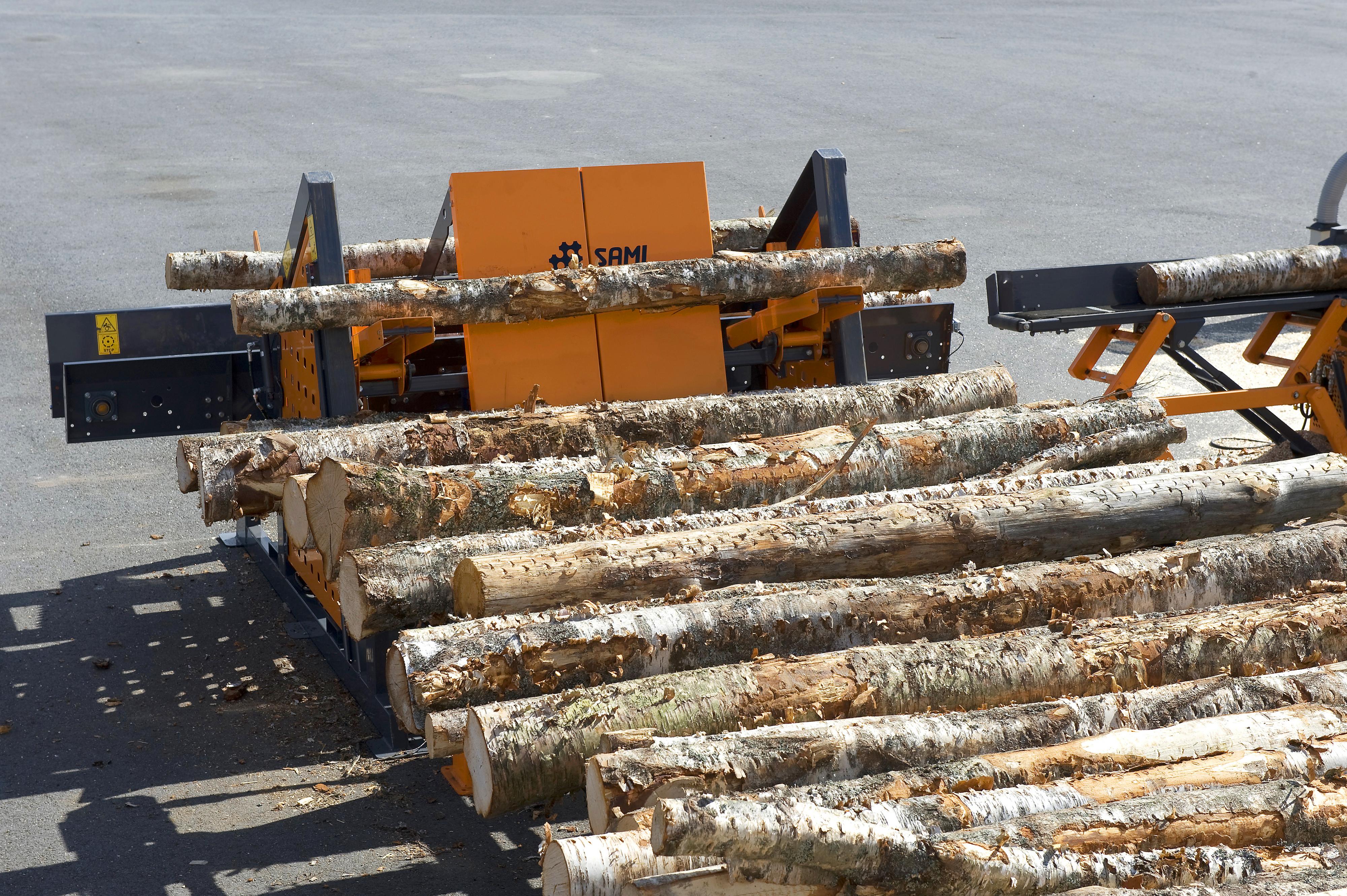What are the essential safety equipment and precautions?
When operating an automatic log cutter and splitter, safety should be the foremost priority. Essential safety gear includes gloves, safety glasses, and hearing protection. These items protect against potential hazards such as flying debris, wood splinters, and the loud noise produced by the machinery.
In addition to personal protective equipment, maintaining a clear workspace is vital. Ensure that the area around the log cutter is free from clutter to prevent accidents. Regular maintenance of the log cutter is also crucial. By keeping the equipment in good condition, you reduce the risk of malfunction and potential injury.
How to properly set up an automatic log cutter?
Setting up an automatic log cutter requires careful planning and execution. Begin by selecting a stable location that can support the weight and operation of the machine. Ensure that the surface is level to prevent any imbalance during operation.
Next, verify that there is a proper power supply available. Check all components for functionality before use. This includes inspecting the power cords, switches, and moving parts. By confirming that every part is in working order, you set the foundation for a safe and efficient log cutting process.
What are the operational steps for using a log cutter?
Operating a log cutter involves several key steps. Start by loading the logs onto the machine. Ensure that the logs are placed securely to prevent them from shifting or falling during the cutting process. Adjust the settings on the cutter to accommodate different log sizes, ensuring a precise cut each time.
Once the machine is set, proceed with the cutting process, monitoring the operation closely. After the logs are cut, carefully remove the cut logs from the machine. This ensures that the workspace remains organized and that the machine is ready for the next set of logs.
How to handle different types of klapi?
Dealing with various types of klapi or polttopuu requires understanding their unique characteristics. Logs differ in size, moisture content, and wood type, all of which affect how they should be handled. Dry wood is generally easier to cut, while green or wet wood can be more challenging and require adjustments to the machine settings.
Moreover, different wood types, such as hardwoods and softwoods, have varying densities. Hardwoods may require more power and sharper blades, whereas softwoods can be processed more quickly. Recognizing these differences ensures efficient and effective log cutting.
What maintenance is required for long-term efficiency?
Maintaining an automatic log cutter for long-term efficiency involves routine tasks. Regularly check and sharpen the blades to ensure clean cuts and prevent unnecessary strain on the machine. Cleaning the log cutter after each use removes debris that can cause wear and tear.
Lubrication of moving parts is also essential to keep the machine running smoothly. By adhering to a maintenance schedule, you extend the lifespan of the equipment and maintain its performance, ensuring reliability for years to come.
How can Reikälevy assist with log cutting needs?
At Reikälevy, we are committed to supporting professionals and resellers with their log cutting needs. Our SAMI-branded machines, like the automatic log cutter and splitter, are designed with quality, efficiency, and reliability in mind, setting them apart in the industry.
Through our expertise and innovative solutions, we help enhance the competitiveness and success of our customers. For those looking to optimize their log cutting operations, we invite you to explore our product range and contact us for more information. Let’s work together to achieve excellence in the log cutting industry.

